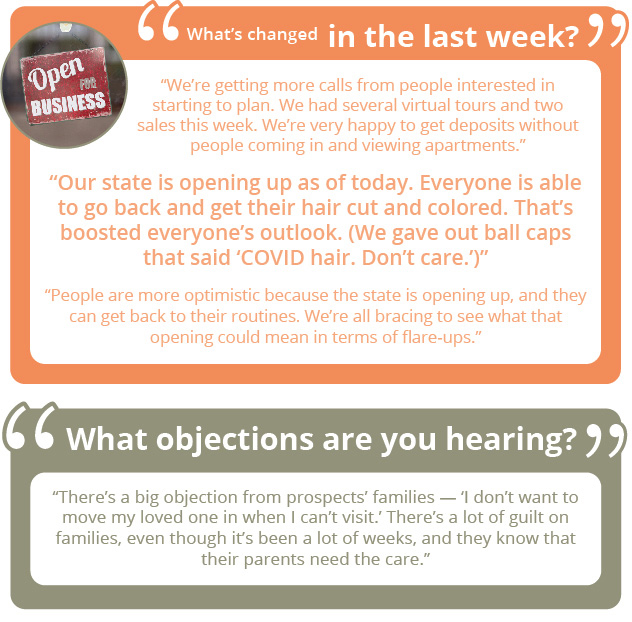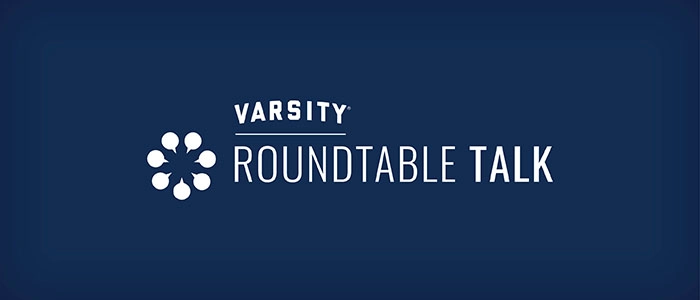Today’s blog is contributed by Kim Lehman, Varsity’s PR Strategist. Kim has more than 25 years of experience developing and implementing public relations campaigns for a diverse roster of clients, including the U.S. Department of Homeland Security, the Ad Council, The Coca-Cola Company, Kohl’s, Johnson & Johnson, Messiah Lifeways, Presby’s Inspired Life and many more.
Kim has placed stories for her clients with top-tier and trade outlets, including Today, Good Morning America, Real Simple, The New York Times, O —The Oprah Magazine, The Philadelphia Inquirer, Business Journals, WSJ, USA Today, 50Plus Life, McKnight’s and Senior Living News, among others.
Today, I’d like to challenge you to ask yourself an important question: Are you telling your organization’s story? Every organization has a story to tell — you just need to find the most impactful way to package it up and deliver it to a broader audience.
Here are some time-tested tips and strategies that have proven effective in telling the stories of my clients’ communities.
Tip 1: Contact the media when you don’t have anything to announce
It’s so important to build relationships with the industry and your local journalists so that when you do need to make an announcement or handle a crisis, you have already made a connection. It can be as easy as sending a quick email or making a phone call to introduce yourself as a resource for future stories.
Tip 2: Know the reporters that cover your market
Learn who covers senior living, then read their articles and follow them on social media. Drop the person a note and say, “I found your article about (TOPIC) interesting because…” Take it a step forward and share his or her article on your social media channels. Everyone likes a good share!
Tip 3: Attend conferences
Many times, industry journalists are open to learning more about your organization. Book 15-minute one-on-one interviews with these reporters and offer something of value or uniqueness to them. It’s a great way to start building relationships.
Tip 4: Think local
Everyone wants stories in large dailies, but the hyper-local papers are just as important and most often are looking for content.
Tip 5: Spotlight the people that make your community unique
The residents and staff who live and work in your community are what make you truly different. Think about how you can highlight their special qualities in feature stories. Tell these stories through traditional media outlets and share them on your social media channels.
Tip 6: Tap into teachable moments
Look at events that happen throughout the year, such as Older Americans Month in May. Create an editorial calendar to make sure you don’t miss out on times of the year to pitch a story about your community.
Tip 7: Always ask, “What’s the visual?”
If you want coverage for an event, you have to think about what’s going to be visually interesting about it, especially if you want local TV stations to attend your event. Most newspapers and magazines are online too, so think about what the visual is for them, as well. They, too, are looking for video content and photography that can bring a story to life, be shareable and get clicks.
Tip 8: Connect with local universities
If you don’t have money in your budget to hire a professional photographer or videographer, communications departments can connect you with students looking to gain experience.
Tip 9: Think intergenerational
One of our clients hired high school students to help set up residents’ iPads and their mobile phones, download apps, etc. Bringing older adults and high school students together made for a great story!
Tip 10. Have a crisis plan
If there’s any type of incident at your community, it’s really important to have a strategic plan with a designated team in place to execute it. Stay tuned for more about this in an upcoming blog post.
Tip 11: Get social
As traditional media continues to downsize, social media is going to be even more important in your overall communications strategy. It’s important to have a cohesive plan among all of your teams and communities.
Tip 12: Position yourself as an expert
Journalists are always looking for unique stories and fresh perspectives that include new data and research findings. Op Ed pieces, proprietary research and participation in polls are all effective ways to position your community as an expert.
Tip 13: Ask, will the audience care?
Put yourself in the reporter’s shoes. You may think something is really interesting, but not everything is newsworthy.
Tip 14: Take advantage of outside expertise
If you are struggling to uncover your story and tell that story in a meaningful way, then look to hire an agency with a PR strategist. They most likely will have existing relationships with the industry media as well as local market outlets that they can leverage on your behalf. They will be able to assist you with crafting key messaging, media training your spokespeople and pitching your stories to media outlets that matter most to your organization.
Tip 15: Have fun!
Telling your community’s story can be fun — whether you’re throwing an event or sharing a story about a resident who skydives. Incorporate these tips and you’ll be on your way to telling your unique story to the broader community.
Coming in a future Varsity blog: I will share my thoughts on crisis PR.





